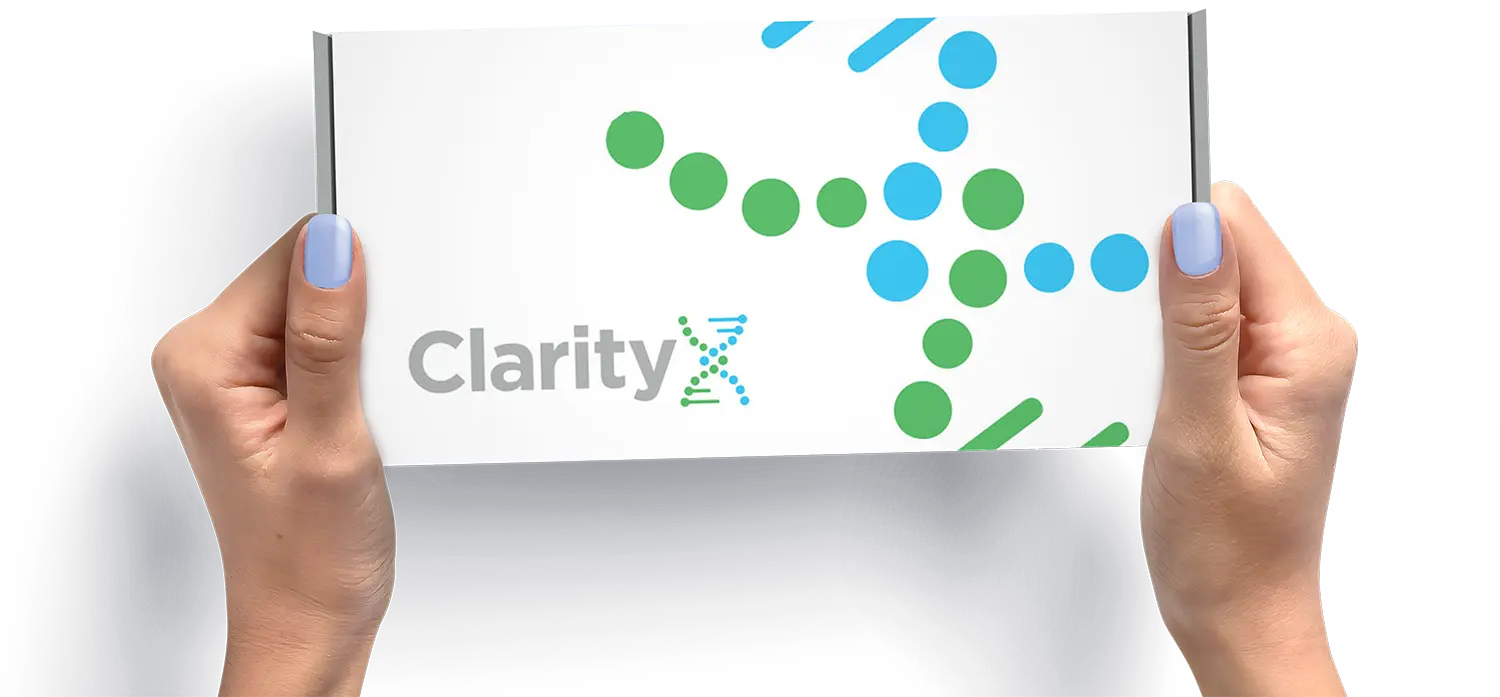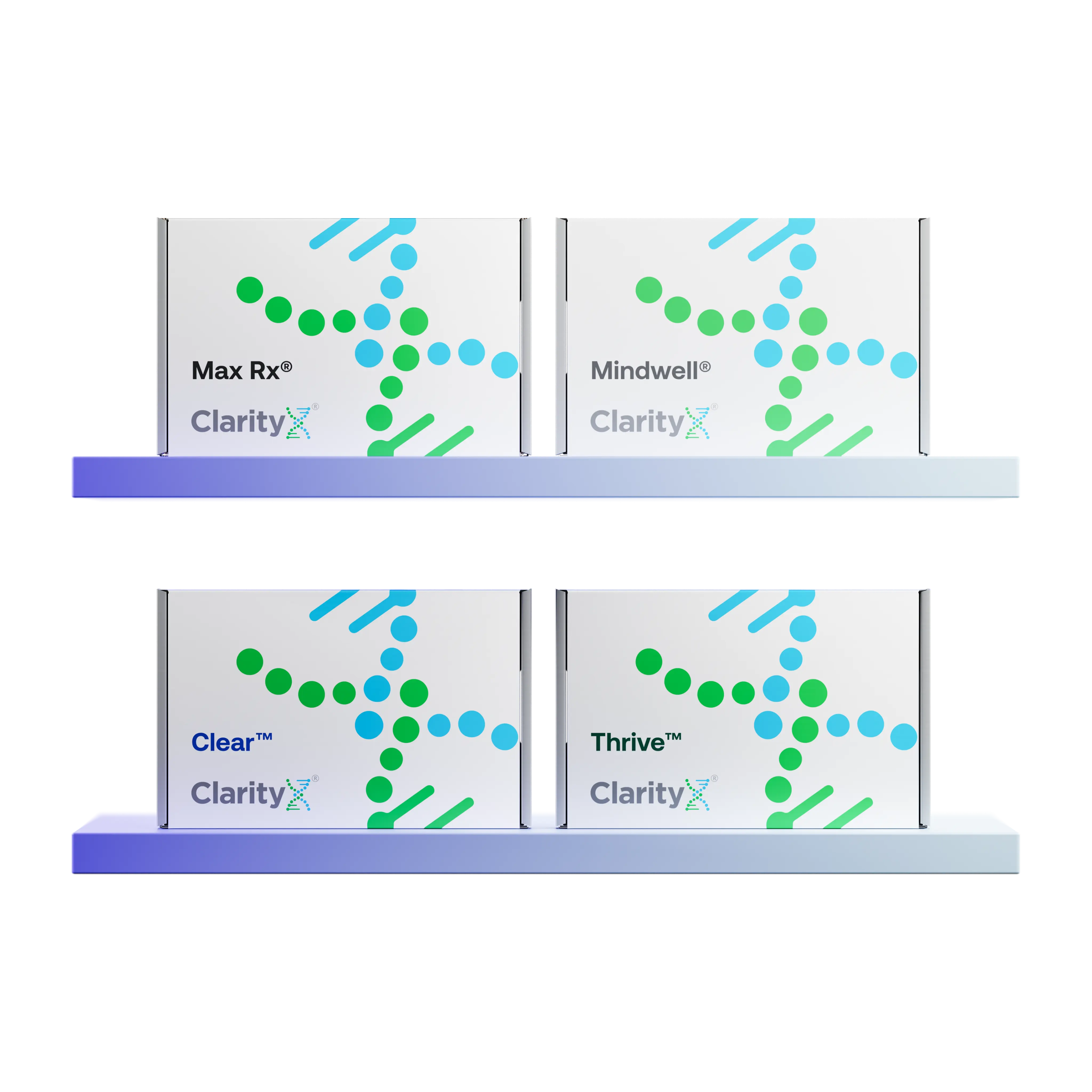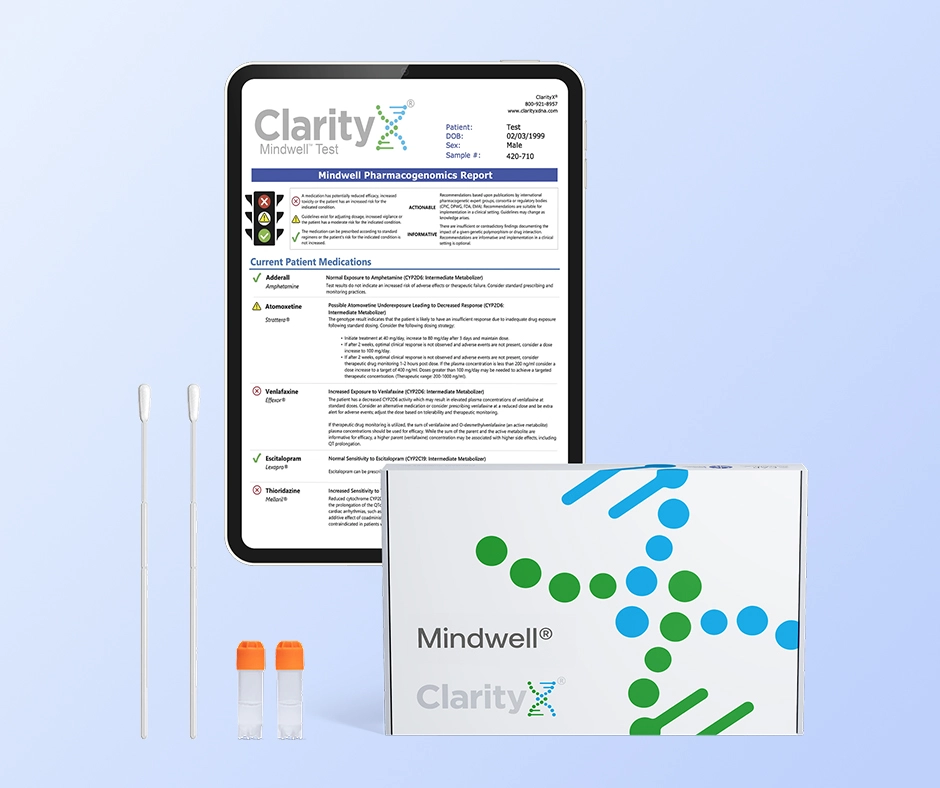Key Highlights
- Trazodone is an atypical antidepressant that is FDA-approved to treat major depressive disorder in adults.
- While approved for depression, Trazodone is often used off-label as a sleep aid due to its sedative effects.
- The onset time for Trazodone's effects can vary depending on the reason for taking it.
- Noticeable improvements in sleep may occur within 30 minutes to 2 hours, offering short-term relief.
- For depression and anxiety, it may take several weeks for trazodone to reach its full effectiveness.
- Dosage, individual metabolism, and the condition being treated can all affect how quickly trazodone takes effect.
Introduction
Trazodone is a type of antidepressant medication that helps promote calm. It’s approved for the treatment of major depressive disorder, but its calming effects make it a popular choice in sleep medicine for individuals with insomnia. Understanding how trazodone works can help you manage your expectations and achieve the best results.
Understanding Trazodone: Uses and Effects
Trazodone was initially approved by the FDA in 1981 for the management of depression. It works by affecting serotonin levels in the brain. Serotonin is a chemical that helps control mood, sleep, and appetite. By increasing serotonin, trazodone can help reduce the symptoms of depression and depressive disorder and enhance overall mental health.
In addition to its use for depression, trazodone has a sedative effect, leading many healthcare providers to consider its use for people with difficulty sleeping. This effect comes from how it interacts with other brain chemicals, which may help people feel relaxed and fall asleep. Because of this, doctors may prescribe trazodone "off-label" for things like insomnia, which may help manage sleep in the short term.
The Science Behind Trazodone: How It Affects the Brain
Trazodone is a serotonin antagonist and reuptake inhibitor (SARI) that works in the central nervous system. It blocks serotonin receptors and stops the reuptake of serotonin, which helps raise the levels of serotonin in the synaptic cleft, which is the space between nerve cells. This increase allows serotonin to help regulate mood.
Trazodone also affects other neurotransmitter systems, especially those that deal with histamine and alpha-adrenergic receptors, adding to its sedative effects. However, it is important for users to watch for interactions with other medications that can impact serotonin levels or cause drowsiness.
Mixing trazodone with drugs like monoamine oxidase inhibitors (MAOIs) or selective serotonin reuptake inhibitors (SSRIs) increases the risk of a harmful buildup of serotonin in the brain. In rare cases, serotonin syndrome can occur, leading to serious complications. Always talk to a healthcare provider before mixing medicines to prevent problems and ensure safe treatment.
Common Uses of Trazodone: From Depression to Insomnia
Trazodone is an antidepressant medication. This medication can improve symptoms like feeling down, losing interest in activities, tiredness, and difficulty sleeping.
Because trazodone has a sedative effect, many prescribers may consider it for depression accompanied by insomnia or for insomnia alone. Despite its fairly common use for insomnia in clinical practice, studies related to its safety and efficacy for insomnia are somewhat sparse. For this reason, the FDA and organizations like the American Academy of Sleep Medicine (AASM) have not formally recommended trazodone for insomnia.
The Onset of Trazodone: Timing and Expectations
Understanding when trazodone begins to take effect is crucial for establishing realistic expectations. The time it takes for trazodone to start working varies based on several factors, including an individual’s metabolism, the dosage administered, and the condition being addressed.
Trazodone enters the bloodstream quickly, but its full effects on mood issues like depression and anxiety can take weeks to notice. This is because the effects of serotonin on mood take time to become established. On the other hand, its sedative effects for insomnia usually happen more quickly.
When Will You Feel Trazodone's Effects for Sleep?
When taken for sleep, the sedative effects of trazodone tend to become more noticeable within about 30 minutes to 2 hours. Due to the potential for side effects like morning or daytime drowsiness, dry mouth, and constipation, a low dose is usually used early in therapy. Finding the most effective dose for your needs may take some time. Working closely with your healthcare provider is critical—do not increase the dose without consulting your healthcare provider, as this can make side effects more likely.
Trazodone for Anxiety: How Quickly Does Relief Come?
Trazodone is not primarily used for anxiety, but it can help some individuals feel calmer. Similar to its effects on depression, trazodone’s effects on anxiety are largely dependent on serotonin activity.
People taking trazodone for anxiety usually experience a slow decrease in symptoms over a few weeks because it takes time for the body to adjust to changing serotonin levels. A noticeable improvement typically happens around four to six weeks after starting it regularly.
It's important to be patient and maintain realistic expectations when addressing mental health. You might not experience immediate relief from anxiety or depression symptoms with trazodone. However, using it consistently as part of a comprehensive treatment plan, along with the guidance of your healthcare team, can gradually help alleviate symptoms and enhance your overall well-being.
Evaluating Trazodone's Efficacy: Signs of Improvement
As you check how well trazodone works, look for signs like improved sleep, fewer insomnia symptoms, and a better mood. Keep in mind that how it works can change depending on the dosage, your overall health, and individual factors like genetics and metabolism.
Indicators That Trazodone Is Working for Sleep Disorders
In general, when trazodone is recommended for help managing insomnia, it’s often for a short period of time. It’s also important to remember that the purpose of sleep is to help you feel well-rested and allow your body to “reset.” If you fell asleep faster or stayed asleep longer throughout the night but woke up feeling groggy or drowsy, it’s a sign there may be a problem. For instance, the medication may be causing lingering side effects.
It’s critical to find a balance between medication, sleep quality, and how you feel the next day. Quality, restful sleep is ultimately the goal. Beyond simply mentioning the number of hours you seemed to be asleep after using the medication, talk with your healthcare providers about how you’re feeling.
Recognizing Trazodone’s Impact on Anxiety and Depression
Because trazodone’s effect on mood relies on changes in serotonin activity, it can take some time for it to reach its full effect. Mood is also dynamic and can change from day to day, week to week, or month to month, depending on many factors. It also takes time to recognize changes in overall mood patterns.
Generally, it’s best to follow up with healthcare providers after about a month to see how well a particular dose of trazodone works for you. During this time, it can also be helpful to try activities like journaling to help you get a better feel for how things are progressing day to day. This can also help provide some clarity about stressors in your life.
Factors Influencing Trazodone's Effectiveness
People may react differently to medications like trazodone. Many things can affect how well they work for each person. For example, metabolism may change how quickly the medication is processed, and kidney function can impact how long it takes for the medication to be eliminated.
It’s important for you and your healthcare providers to be aware of how these differences may impact your experience. Always talk with your providers about your medical history.
The Role of Individual Health Conditions in Trazodone Absorption
Individual health conditions, especially those affecting metabolism and organ function, can significantly influence the pharmacokinetics of a single oral dose of trazodone. For individuals with underlying liver or kidney issues, the body's ability to process and eliminate trazodone may be impaired, resulting in a greater risk of side effects and a slower onset of action.
Moreover, pre-existing conditions like heart disease, fluctuations in blood pressure, and bipolar disorder can be affected by trazodone, necessitating careful dosage adjustments and close monitoring. Also, certain medications taken concurrently may cause drug interactions, either enhancing or diminishing trazodone's effects.
Here’s a table that highlights certain medical conditions and their potential impact on trazodone:
Open communication with a healthcare provider is crucial, ensuring they know about all medical conditions and medications being taken. This transparency allows the healthcare provider to evaluate potential risks, adjust the dosage as needed, and select alternative treatment options if necessary, ensuring the safe and effective use of trazodone.
Conclusion
Trazodone has a long history of being used for conditions like depression and is also considered by many healthcare providers for the management of insomnia. The amount of time it takes for trazodone to be effective varies depending on the condition being managed. When used for mood, it can take about four to six weeks to appreciate the effects of a particular dose. When it’s used for insomnia, the sedative effects are generally felt within about 30 minutes to 2 hours. Because of the potential side effects of trazodone, it’s important to maintain communication with your healthcare providers.
Lastly when considering treatment options like Trazadone your genetics can also play a vital role in determining which medications will be best suited for you. A simple test can help reduce the trial and error process associated with finding the right medication. Find out more by visiting www.clarityxdna.com
Frequently Asked Questions
How long does it typically take for Trazodone to work for insomnia?
Trazodone can assist with sleep, but the speed at which it works can vary for each person. Many individuals feel its calming effects in approximately 30 minutes to 2 hours when taken on an empty stomach.
Can Trazodone be used for treating anxiety as well as depression?
Trazodone is commonly used to help with depression and insomnia. It may also offer calming effects, providing some relief for individuals with anxiety. However, it is not the primary choice for treating anxiety disorders, as other options might be better suited.
What should I do if Trazodone doesn’t seem to be working?
If trazodone is ineffective or causes bothersome side effects, it’s important to consult your healthcare provider. Do not abruptly discontinue the medication if you’ve been taking it daily. They can assess your treatment plan, adjust the dosage, or explore other treatment options based on your needs and medical history.
References:
https://dailymed.nlm.nih.gov/dailymed/drugInfo.cfm?setid=71961ab1-951d-1493-f76c-2ff25cca2a85
https://www.ncbi.nlm.nih.gov/books/NBK470560/
https://www.sciencedirect.com/science/article/abs/pii/S1389945718300248
https://jcsm.aasm.org/doi/10.5664/jcsm.6470
https://pmc.ncbi.nlm.nih.gov/articles/PMC8475920/
https://pubmed.ncbi.nlm.nih.gov/36191287/
https://clarityxdna.com/blog/genetic-testing-for-medication-efficacy/






